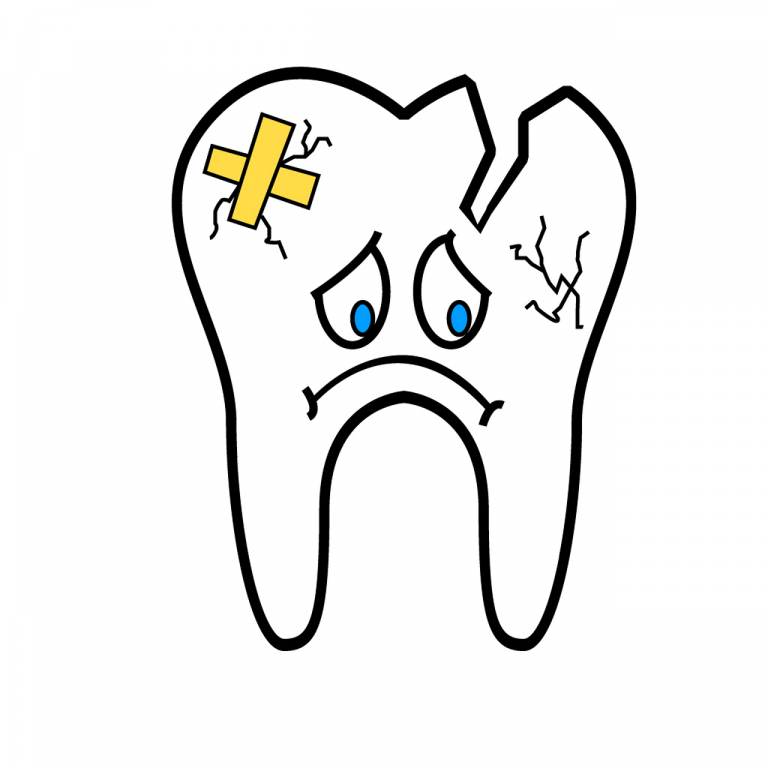
Have a weird bump inside your mouth that’s not a canker sore? It might be a dental abscess.
Bacteria are microscopic organisms that inhabit your body. They are everywhere in the world we live in, up to 6 million just in your mouth, and most are harmless. When harmful bacteria settles into the mouth, they can cause a dental abscess.
What is a dental abscess?
A dental abscess is caused when harmful bacteria collects around the teeth or gums and the body sends white blood cells to try and fix the problem. These two factors lead to an aggravated area that may contain pus. Abscesses can occur anywhere in the mouth, but most commonly appear within the tooth or between the tooth and the gum.
Abscess Symptoms
The most common symptom is a terrible toothache. The ache can often spread to your ear, neck, and jaw. Your gums will become swollen and sometimes shiny, and the swelling or redness may be able to be seen on the outside of the face as well. You may notice bad breath or sensitivity to hot and cold. If you think you may have an abscess, you can self-test by lightly tapping the tooth to see if it is sensitive to pressure. Still, as with any toothache, go to the dentist as soon as you can to find out the reason and get treatment.
Treatment
Once diagnosed, your dentist will most likely prescribe an antibiotic to kill the virus, but from there the treatment differs based on the location of the abscess.
If the abscess is in the gum, the dentist will make a small incision in the abscess to drain it. Next, the dentist will most likely remove the infected tissue to remove all harmful bacteria.
If the abscess is inside the tooth, the procedure is a bit more invasive. The dentist will have to perform a root canal. The dentist will remove the abscess from inside the tooth and then fill the hole and seal it. A long-term infection may weaken the tooth, and in that case, your dentist will probably remove the entire tooth.
Prevention
Although there isn’t a guarantee you won’t ever get a dental abscess, here are some things to do to reduce your risk:
If you’re experiencing any of these symptoms or need a six-month checkup, visit our website for phone numbers specific to the location nearest you.